The Swansea Boulevard & Waterfront Connections Public Art Programme curated and managed by Addo on behalf of and in collaboration with the City & County of Swansea Council, has now been completed.
The programme included proposals for four new public artworks by American-born artist William Denniusk who is based in Finland; multi-disciplinary architecture studio and think-tank Aberrant Architecture; art, design and architecture practice Assemble and Pembrokeshire-based design duo Freshwest, three of which have now been installed.
The commissions are sited on the Boulevard route along Oystermouth Road, in order to encourage exploration of Swansea City Centre, emphasise key locations, and help create memorable experiences of the City that people want to return to. The proposals are focussed on the Wind Street crossing area, the corner of the LC Leisure Centre opposite Princess Way, Museum Park and the route between the Paxton Street tunnel and Meridian Quay.
1. Aberrant Architecture has undertook a six-month part-time residency based at Mission Gallery, during which they worked with different local groups to inform a permanent external commission called ‘Swansea Fitted’ Civic Stage. The artwork’s flexible ‘platform’ consists of three interconnected sections, a façade, a stage and a catwalk, allowing users to adapt the structure for a variety of unique public activities. For instance, the civic stage can be a shopfront for showcasing locally produced “rooftop honey”, it can stage a musical or theatrical performance, host a fashion or art show, as well as encourage unexpected inhabitation.
The work takes inspiration from the 19th century when the Swansea was a “Copperopolis”—a world centre of copper smelting and production. The distinctive trunking in the hulls of Swansea’s Copper barque ships, used to import precious copper ore from all over the globe, were specifically developed to carry a heavy cargo in a process known as ‘Swansea-fitted’. A large proportion of this copper ore came from Valparaiso in Chile, so much so that Valparaiso became like a ‘Suburb of Swansea’ in the 19th Century. Today little visual evidence remains of this important maritime trading relationship. To fill this gap in Swansea’s architectural history the façade of the civic stage features building fragments transplanted from Valparaiso’s townscape. Around the same period, local copper barons would mint their own coins as a way of paying their workforce, as official currency was in short circulation. To honour this early form of local currency, which is now popular again with examples such as the Bristol Pound, the stage surfaces are clad with a fine network of individually designed coins. Each coin features different designs that were contributed by the local people and community groups who took part in the participatory workshops carried out as part of the design process. Aberrant Architecture have said:
One hundred years after the birth of poet Dylan Thomas, Swansea’s most famous son, we are delighted to be designing a permanent public art piece at the heart of the city. But for better and for worse a city can develop a reputation for just one or two things. Thus, from the outset, we were determined to show off other aspects of Wales’ second city.
2. Assemble proposed an artwork called Mt. Elsie – a new mountain and climbing wall in the centre of Swansea to enhance the north elevation of the LC Building opposite Princess Way. This extraordinary artwork was intended to act as a huge billboard promoting an active lifestyle and inviting people to come to Swansea City Centre and Swansea Bay to play on the beach, in the park, or to come and climb a mountain. The LC is the city’s premier leisure destination and pioneers the importance of fitness as well as fun in Swansea and so offers the ideal home for Mt. Elsie. It was intended that Mt. Elsie would be managed in association with the LC Leisure Centre, opened at scheduled times and accessed through the LC. When not in use, the wall could be closed up, a flat, and beautiful mountain facing the city. This project is also supported by local company Dynamic Rock. However, the Council has put the project in indefinite hold as negotiations with the LC’s Management Trust coincided with Local Authority budget cuts. Assemble said of the commission,
We’re humbled to be given this opportunity to work with such a well-loved and used building. We are thrilled to be working with everyone in Swansea to make an exciting addition to the LC which both suits and improves this local landmark.
3. Freshwest designed a decorative screen that can be opened up to allow service access to Museum Park, but which when closed, cordons off the service yard of the LC. The design evolved from a series of experiments and events related to Swansea’s waterfront. Pembrokeshire-based design duo Freshwest explored how sand could be used to make moulds and translated marks made on the beach into the fabric of the gates. They then organised a community event on Swansea beach, inviting the public to make their mark in the sand. These marks were then captured in plaster of Paris and taken back to the Freshwest studio. The castings from the event, along with other cast objects collected from the seafront inform and contribute to the mirrored pattern of the gates. The gates are sand cast in aluminium, using an ancient casting technique that would once have been prevalent in the metal-working industries of the Swansea area. Freshwest have said,
The Boulevard & Waterfront Connections team have done a great job in bringing together a forward thinking and energetic collection of artist and designers, we are honoured to be a part of this and to have worked closely with the team to deliver something really special for Swansea.
4. William Dennisuk designed two distinct but interrelated permanent art interventions to enhance the listed Paxton Street pedestrian tunnel and the route to the Meridian Quay tower. The first consists of a soundscape feature and low energy LED light feature in the tunnel and subtle lighting on the outer entrance walls. Both the light and sound evoke thoughts and memories of the sea and the industrial history of Swansea and create a space that transports and reminds people of the larger historical and geographical context of the City. Paxton Street Tunnel is a listed site and so care has been taken to maintain a balance between preserving and highlighting the structure’s existing features and historic identity, while introducing new elements that expand the tunnel’s symbolic function as a transition zone between the city centre and the waterfront. Continuing along the pathway to the sea, the second artwork takes the form of a large-scale open-frame stainless steel sculpture standing approximately 4.5m high above the water level and 1.8m at its widest diameter and sited on the water in the northwest corner of the marina. Composed of multiple layers of concentric circles, the overall concept and form is reminiscent of waves emanating outwards from some kind of disturbance on the water’s surface. The relative transparency of the sculpture will allow it to “breathe”, meld into its surroundings and keep views open. Both interventions are intended to offer visitors and residents a new way to experience the environment and to make the journey between the city centre and the waterfront a place where history, nature and imagination coexist and flourish. For William Dennisuk:
Art is a form of aesthetic and philosophical inquiry, a way of asking fundamental questions about the world in which we live and about our human potential. My work is neither concerned with objects per se, nor does it simply delineate a set of relationships between objects and their surroundings. Rather, it is concerned with the manner in which we experience and interact with the world as an on going interplay between objects and their context and our senses, as well as the intangible or enigmatic processes and dimensions of the world that extend beyond our senses. The aim of the Boulevard and Waterfront Connections project, to link the city centre to the seafront, embodies my own belief that art in public spaces should be a conduit or pivot for wider references and experiences, and not simply as an isolated object with its own internal logic.
Each of the artists has explored how creative interventions may interrogate and enhance the social, cultural, historical and physical fabric of the city. Their work seeks to address, interpret and activate Swansea’s industrial heritage alongside contemporary concerns in a way that will contribute positively to the development of the City. The artists’ and Swansea Council’s commitment to this process is in keeping with the energy and passion for the development and reimagining of the City that is prevalent in Swansea creative community today, through initiatives such as Mission Galley’s CIVIC, Costal Housing and Volcano’s work on Swansea High Street, Locws International, You Are Here, Elysium Gallery‘s Programme, Glynn Vivian Art Gallery’s Off-site programme and the new developments associated with SA1, Swansea University and University of Wales Trinity St Davids. Addo were honoured to be part of this process.
Cllr Robert Francis-Davies, Swansea Council’s Cabinet Member for Enterprise, Development and Regeneration, said:
Quay Parade and Oystermouth Road are key gateways to our city and we want visitors, commuters and residents to receive a welcome that’s both memorable and unique to us. Public art can play an important role in city centre regeneration. It helps enhance the character and uniqueness of a city, emphasises key locations, gives a sense of place, encourages exploration and often generates long-lasting and memorable experiences that will encourage people to return in future.
The Swansea Boulevard & Waterfront Connections Public Art Programme is being curated and managed by Addo on behalf of and in collaboration with the City & County of Swansea Council. Funding for the public art is coming from the Wales European Funding Office as part of the Waterfront City regeneration programme, the Arts Council for Wales and private developers.
Assemble are an art, design and architecture practice working on projects across the UK. Founded by a collective of 18 members, their work covers a broad range of disciplines, and interests. At the heart of Assemble’s working practice is a belief in the importance of addressing the typical disconnect between the public and the process by which spaces are made. Assemble champion a working practice that is interdependent and collaborative, seeking to actively involve the public as both participant and accomplice in the on-going realisation of the work. Assemble take a hands-on approach to design, believing that a nuanced understanding of how things are made inspires us all to engage more directly with the problems and possibilities of the real world. They use the process of construction to test ideas on site, at scale, and through this aspire to create unexpected, resourceful and imaginative uses of materials and spaces’.


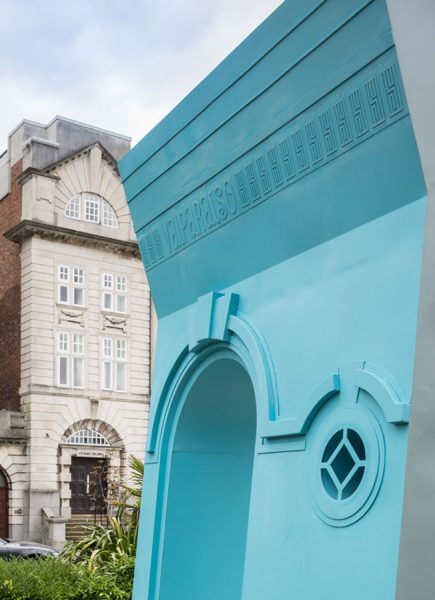
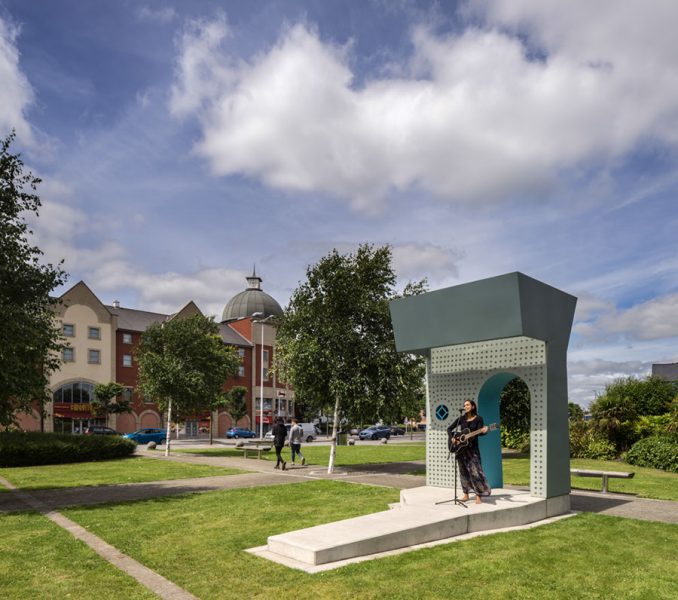
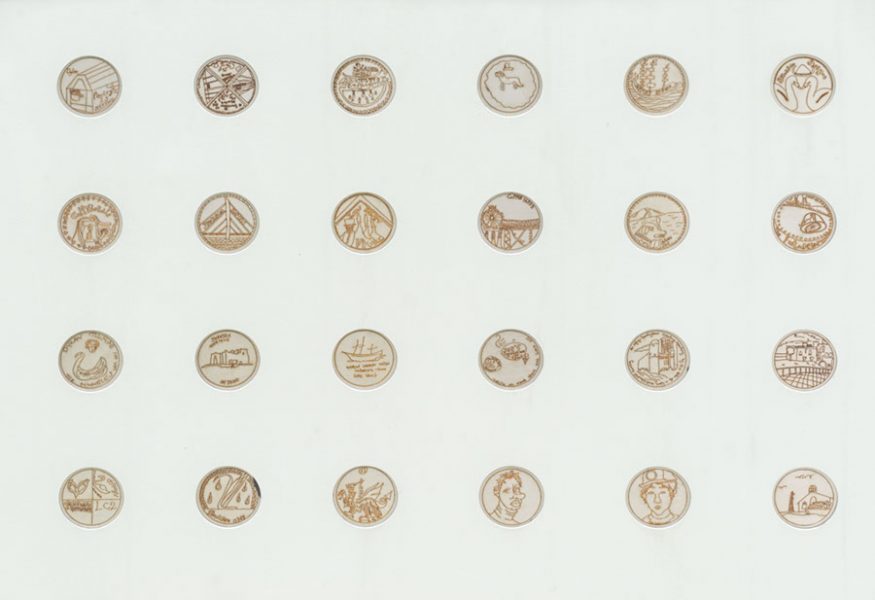
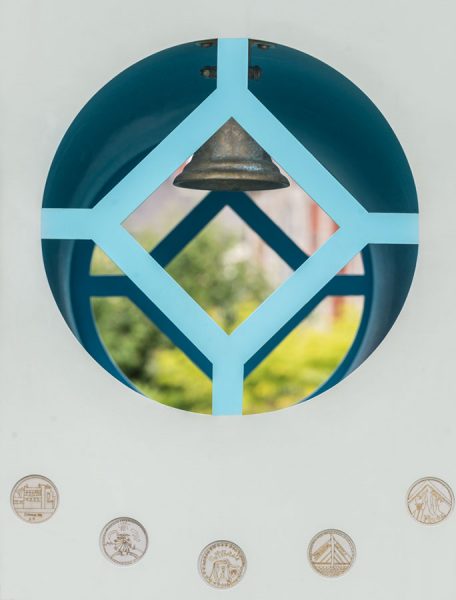
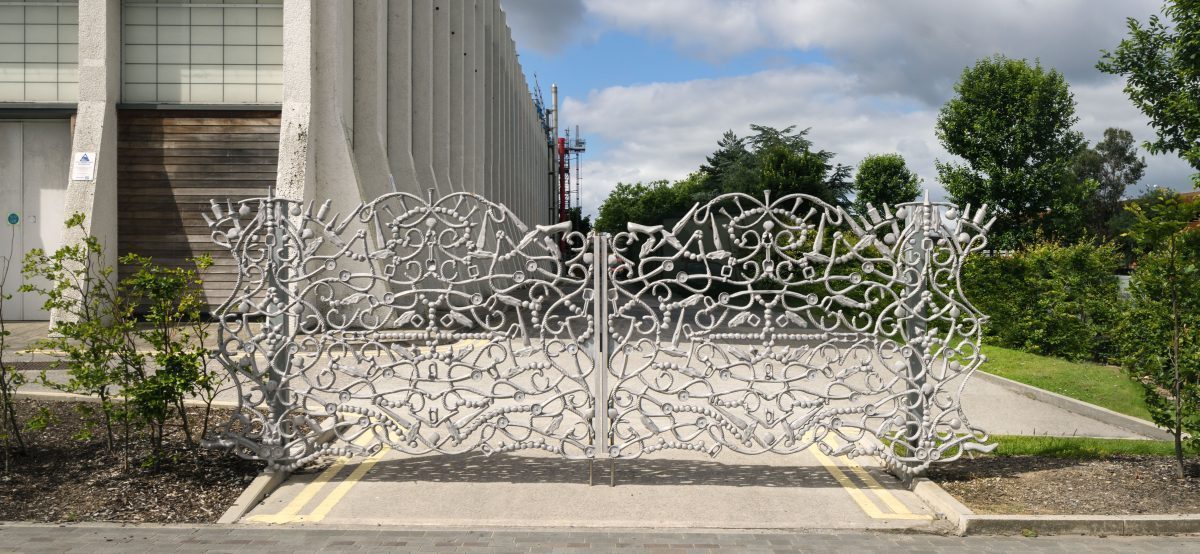
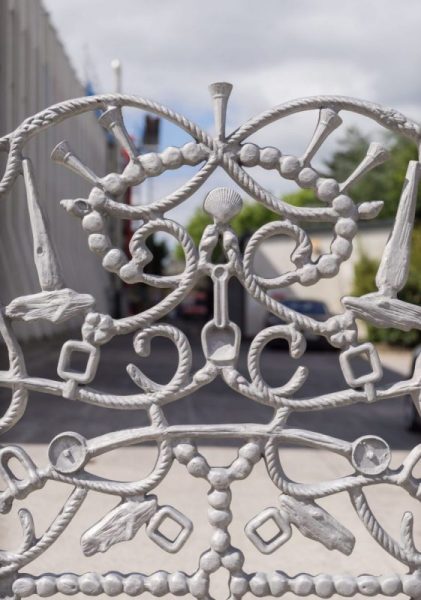
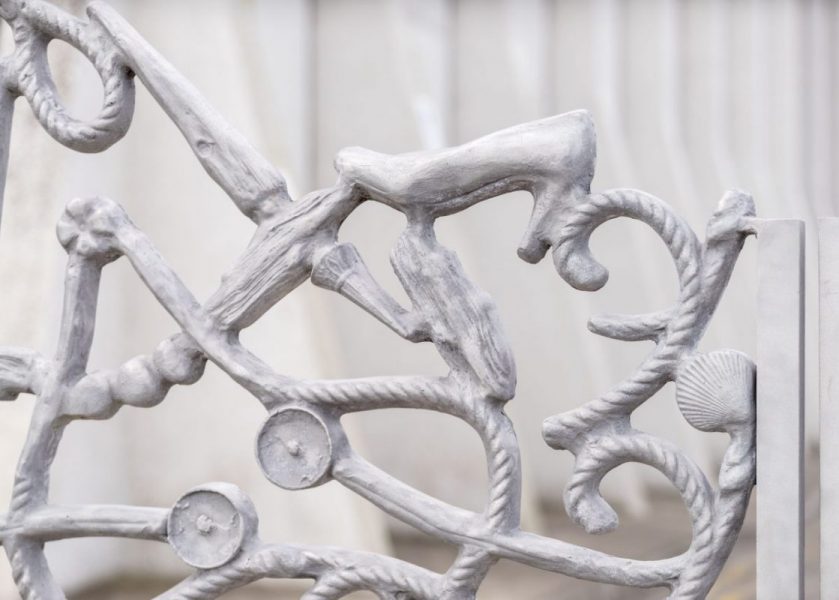
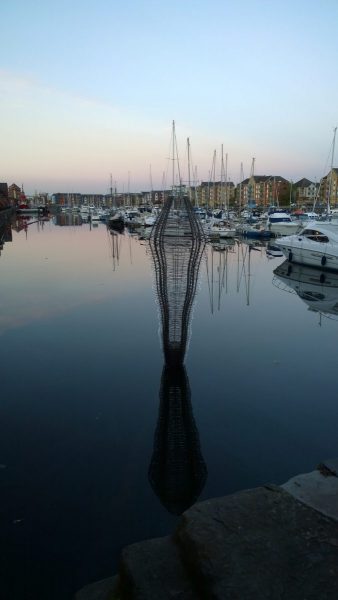
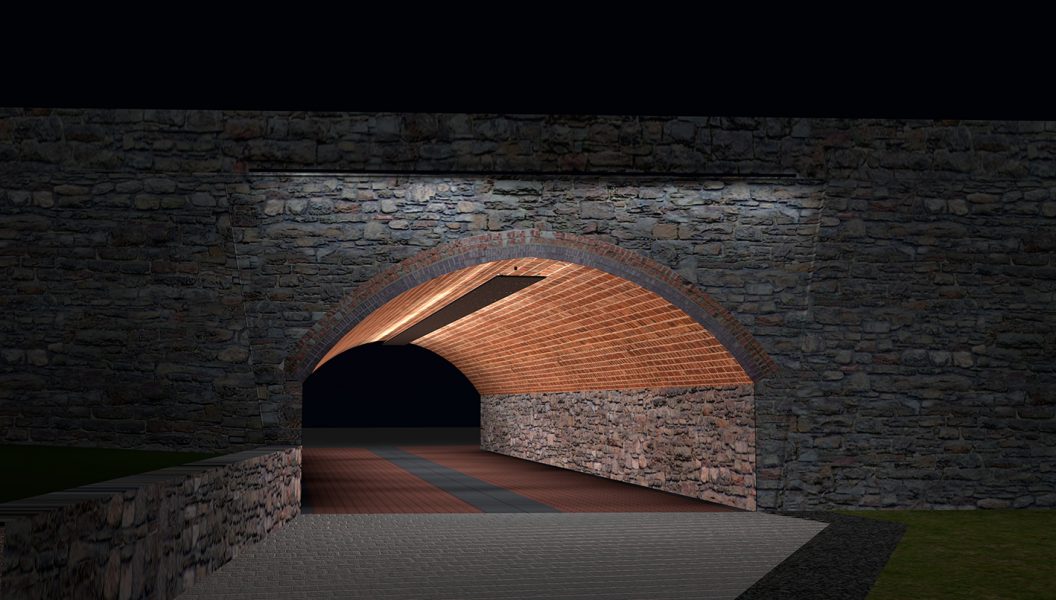
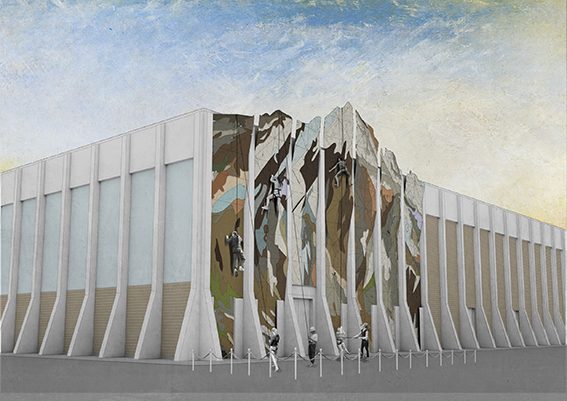
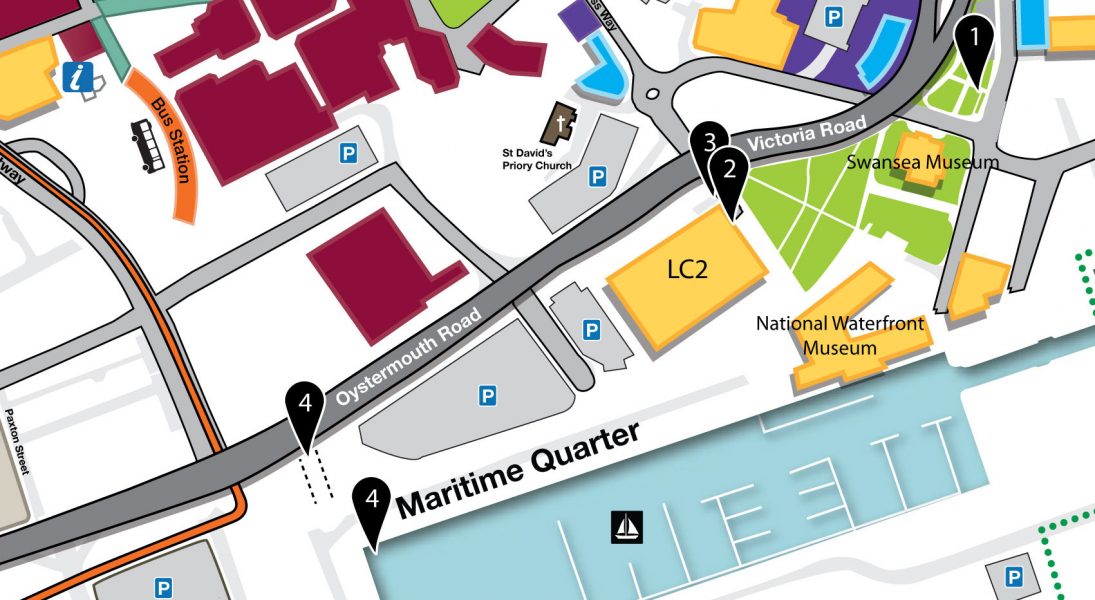
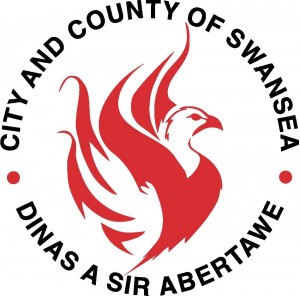
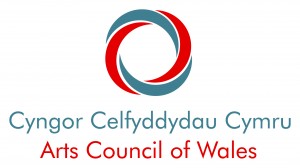
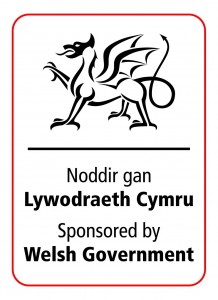

Recent Comments